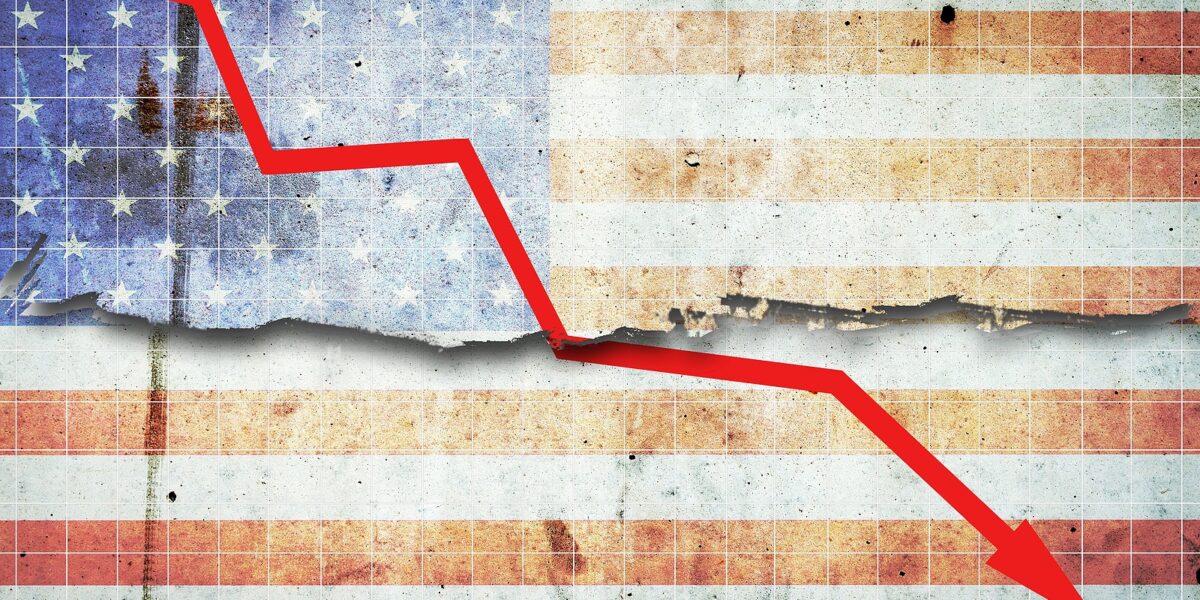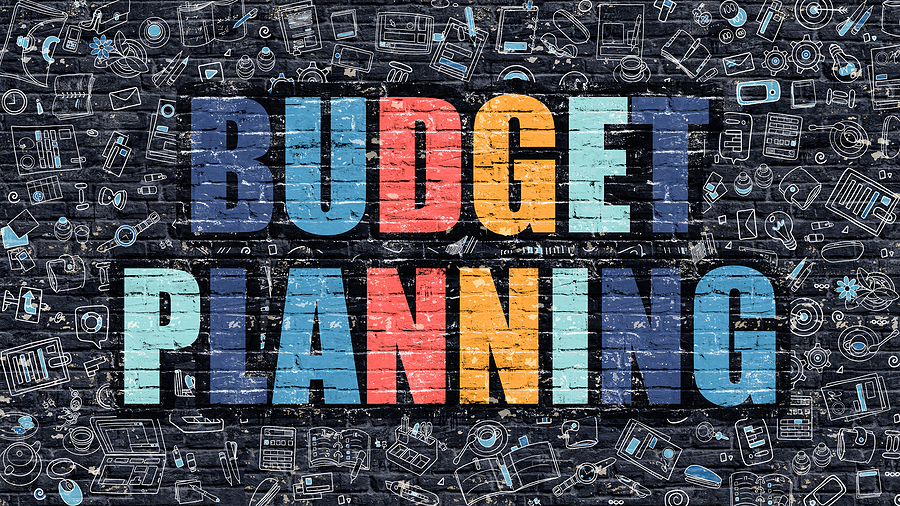Is the U.S. Economy Recovering?
Is the U.S. Economy Recovering?
Since the beginning of 2021, signs of the U.S. economy recovering have started to appear. Americans are actively spending in specific sectors and some industries are faring well—while others are lagging. This contradiction illustrates a mismatched economic recovery:
- Employers need workers, but unemployment remains high
- Consumer goods and services pricing is increasing—a basket of groceries is 4% higher than one year ago
- Supply chains are suffering—builders and the automotive industry is experiencing supply shortages
“Most forecasters, including policymakers at the Federal Reserve, expect the confusion to be short-lived. They see what amounts to a temporary mismatch between supply and demand, brought on by the relatively swift ebbing of the pandemic: Consumers, flush with stimulus cash and ready to re-engage with the world after a year of lockdowns, are eager to spend, but some businesses lack the staff and supplies they need to serve them. Once companies have had a chance to bring on workers and restock shelves — and people have begun to catch up on long-delayed hair appointments and family vacations — economic data should begin to return to normal.”— TheU.S. Economy Is Sending Confusing Signals. What’s Going On? The New York Times, June 3, 2021.
What about Inflation?
Not all consumer goods are experiencing inflation at the same rate; food has slightly increased while gas and vehicles are experiencing double-digit increases. Other items experiencing inflation include home furnishings, airline fares, and apparel. Since COVID-19, clothing at retail stores has continued depleting as manufacturing halted, creating demand for products ordinarily accessible. Economists predict the current inflation rate to slightly increase, then level in 2023, a clear sign of the U.S. economy recovering.
How do we track economic recovery?
The Consumer Price Index- This index tracks the cost of consumer goods from one year ago. Increases mainly were in categories where the demand was high during the pandemic, plagued by supply-chain disruptions. Economists predict that this will ease in the coming months if no further trouble in supply occurs.
Unemployment Rate Index- The U.S. Unemployment rate is improving after the second highest rate since 1980, with an employment rate of 14.8% in April 2020. Economists will continue to watch the unemployment rate as we move closer to the fall and year-end for signs of recovery to pre-pandemic levels.
Wages- Wages are tied to the Employment cost index and indicate recovery in employment. U.S. wages have increased by 2.8% overall in all industries since 2020. However, with an inflation rate of 2.4%, American workers likely will not feel like they’re making more money.
What can you do about inflation and economic recovery?
- Allocate part of your portfolio to specific products to allow asset allocation strategies to address inflation.
- Improve financial literacy and develop a budget to manage your spending
- Reduce the use of credit since inflation will likely increase interest rates
Work with your financial professional.
Contact your financial professional if you have concerns about saving, investing, or for help in developing a strategy for your portfolio while the U.S. economy continues its recovery.
SWG1727959-0721a
The sources used to prepare this material are believed to be true, accurate and reliable, but are not guaranteed. This information is provided as general information and is not intended to be specific financial or tax guidance. When you access a link you are leaving our website and assume total responsibility for your use of the website you are linking to. We make no representation as to the completeness or accuracy of information provided at this website. Nor is the company liable for any direct or indirect technical or system issues or any consequences arising out of your access to or your use of third-party technologies, websites, information and programs made available through this website.
In addition, All Secure Financial Solutions specializes in providing strategies and guidance for those who are seeking a better lifestyle in retirement. If you have retirement savings of five million dollars or $50,000, we can ensure it works as hard. As a result, we offer our experience and knowledge to help you design a custom strategy for financial independence. Contact us today to schedule an introductory meeting!






